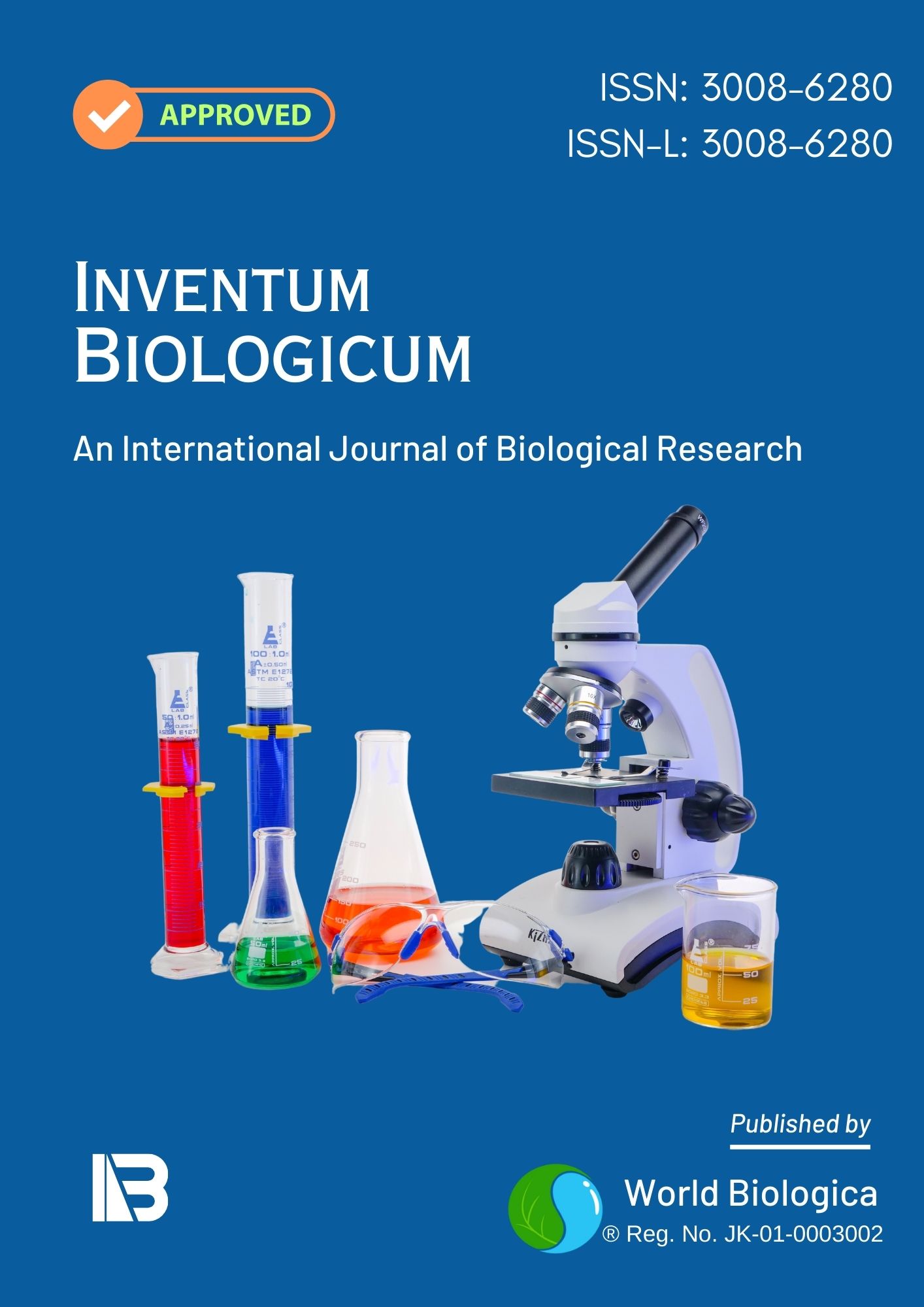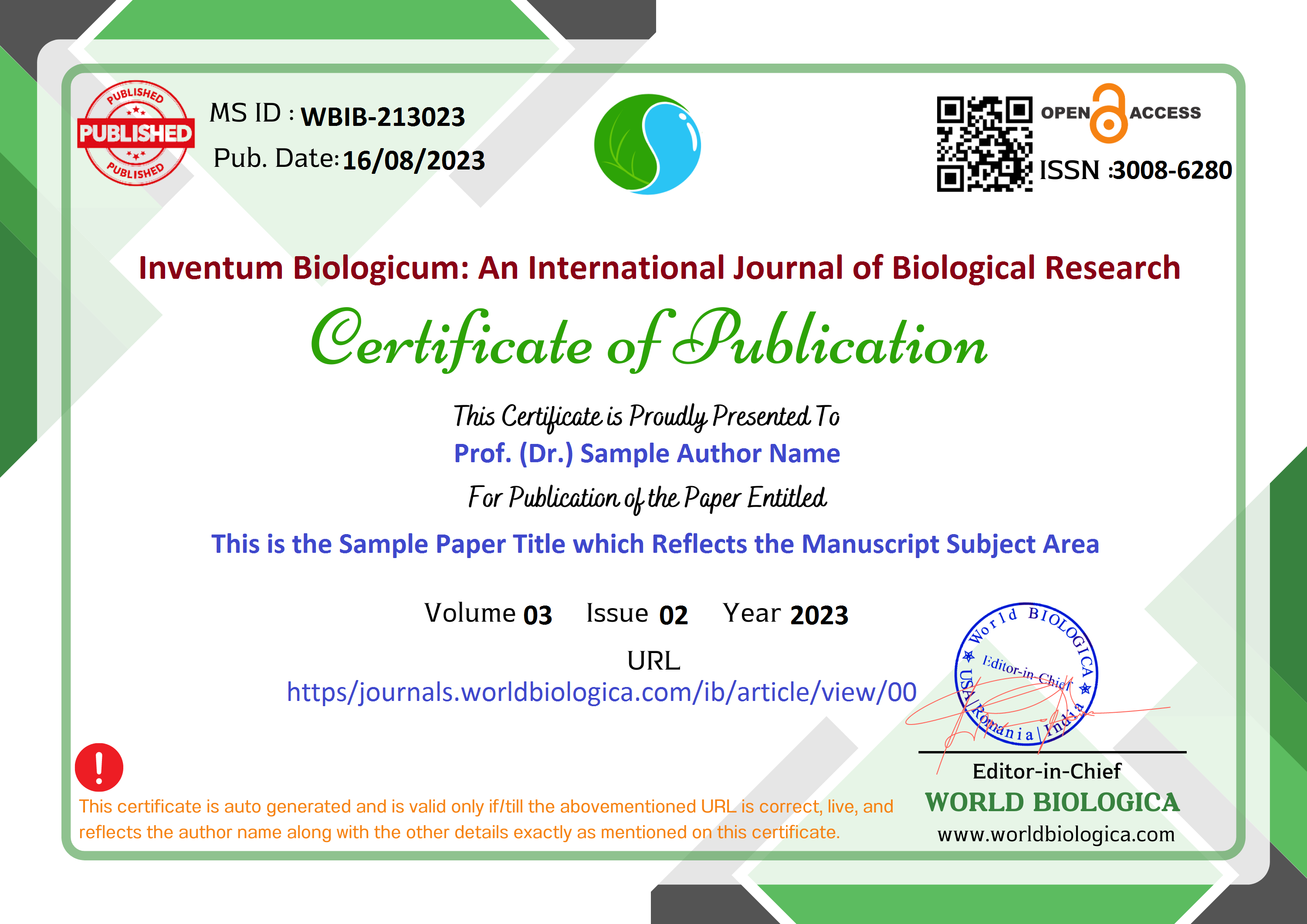A Comprehensive Review on the Microbial Composition of Egg
Keywords:
Egg, Microbial Content, HatchabilityAbstract
This review shows that it would be more safety to prefer market eggs from the cooler cabinets with cold chains. It is necessary to be more careful about village egg consumption because of their microorganism load which can penetrate into eggs by outdoor sale conditions like heat and moisture. In production, large variances in hatchability among chickens are frequently observed, even if the hens were from the same breed, of the same age, raised in the same environment, and if their fertile eggs have a similar quality. Therefore, the influence of egg internal constituents on hatchability must be considered.
Downloads
References
Akbaş, E. (2014). Ulusal mikrobiyoloji Standartları, I. Ankara, Turkey: Bulaşıcı Hastalıklar Laboratuvar Tanı Rehberi.
Arathy, S., Vanpee, G., Belot, G., Vanessa, M., Claude, D., & Ravindra, N. S. (2009). Bacterial contamination of commercial chicken eggs in Canada, West Indies. West Ind. Veterinary Journal, 9(2), 4–7.
Cheng, R. Y., Guo, J. W., Zhang, Y. J., Cheng, G., Qian, W., Wan, C. M., . . . He, F. (2021). Impacts of ceftriaxone exposure during pregnancy on maternal gut and placental microbiota and its influence on maternal and offspring immunity in mice. Experimental Animals, 70(2), 203–217. doi:10.1538/expanim.20-0114
Ding, P., Liu, H. C., Tong, Y. Y., He, X., Yin, X., Yin, Y. L., . . . Song, Z. (2021). Developmental change of yolk microbiota and its role on early colonization of intestinal microbiota in chicken embryo. Animals: An Open Access Journal from MDPI, 12(1), 16. doi:10.3390/ani12010016
EFSA (European Food Safety Authority). (2005). Opinion of the Scientific Panel on biological hazards (BIOHAZ) related to the Microbiological risks on washing of Table Eggs. EFSA Journal, 3(10), 1–39. doi:10.2903/j.efsa.2005.269
Elokil, A. A., Abouelezz, K., Adetula, A. A., Ahmad, H. I., Mo, C., Sun, C., & Li, S. (2020b). Investigation of the impact of gut microbiotas on fertility of stored sperm by types of hens. Poultry Science, 99(2), 1174–1184. doi:10.1016/j.psj.2019.10.048
Elokil, A. A., Magdy, M., Melak, S., Ishfaq, H., Bhuiyan, A., Cui, L., . . . Li, S. (2020a). Faecal microbiome sequences in relation to the egg-laying performance of hens using amplicon-based metagenomic association analysis. Animal, 14(4), 706–715. doi:10.1017/S1751731119002428
European Commission (EC). (2004). Regulation No. 853/2004 of the European Parliament and of the Council of 29 April 2004 laying down specific hygiene rules for the hygiene of foodstuffs. Official Journal of the European Union, L139/55.
European Commission (EC). (2008). Commission Regulation No. 589/2008 of 23 June 2008 laying down detailed rules for implementing Council Regulation (EC) No. 1234/2007 as regards marketing standards for eggs. Official Journal of the European Union, L163/6.
Gordon, R. F., & Tucker, J. F. (1965). The Epizootiology of Salmonella Menston infection of fowls and the effect of feeding poultry food artificially infected with Salmonella. British Poultry Science, 6(3), 251–264. doi:10.1080/00071666508415581
Harry, E. G. (1963). The relationship between egg spoilage and the environment of the egg when laid. British Poultry Science, 4(1), 91–100. doi:10.1080/00071666308415485
Heier, B. T., & Jarp, J. (2001). An epidemiological study of the hatchability in broiler breeder flocks. Poultry Science, 80(8), 1132–1138. doi:10.1093/ps/80.8.1132
Indhu, B., Muthusami, S., & Thirunavukkarasu, N. (2014). Studies on microflora and their role on eggshell contamination and infection. Int. J. Pharm. Chem. Biogr. Sci., 4(3), 518–521.
Keller, L. H., Benson, C. E., Krotec, K., & Eckroade, R. J. (1995). Microorganisms colonization of the reproductive tract of forming and freshly laid eggs of chicken. Journal of Food Protection, 68, 2144–2148.
King’Ori, A. M. (2011). Review of the factors that influence egg fertility and hatchability in poultry. International Journal of Poultry Science, 10(6), 483–492. doi:10.3923/ijps.2011.483.492
Koren, O., & Goodrich, J. K., Cullender, T. C., Spor, A., Laitinen, K., Backhed, H. K., et al. (2012). Host remodeling of the gut microbiome and metabolic changes during pregnancy. Cell 150, 470–480. doi: 10.1016/j.cell.2012.07.008.
Mallet, S., Huneau-Salaun, A., Herman, L., & De Reu, K. (2010). Laying hen breeding systems and hygienic status of the eggs. Productions Animals, 23, 183–191.
Mayes, F. J., & Takeballi, M. A. (1983). Microbial contamination of the hen’s egg: A rewiev. Journal of Food Protection, 46(12), 1092–1098. doi:10.4315/0362-028X-46.12.1092
Muramatsu, T., Hiramoto, K., Koshi, N., Okumura, J., Miyoshi, S., & Mitsumoto, T. (1990). Importance of albumen content in whole-body protein synthesis of the chicken embryo during incubation. British Poultry Science, 31(1), 101–106. doi:10.1080/00071669008417235
Downloads
-
Download PDF
 Abstract Views: 86,
Abstract Views: 86,  Download PDF: 52
Download PDF: 52
Published
How to Cite
Issue
Section
License
Copyright (c) 2022 Inventum Biologicum: An International Journal of Biological Research

This work is licensed under a Creative Commons Attribution-NonCommercial-NoDerivatives 4.0 International License.

















